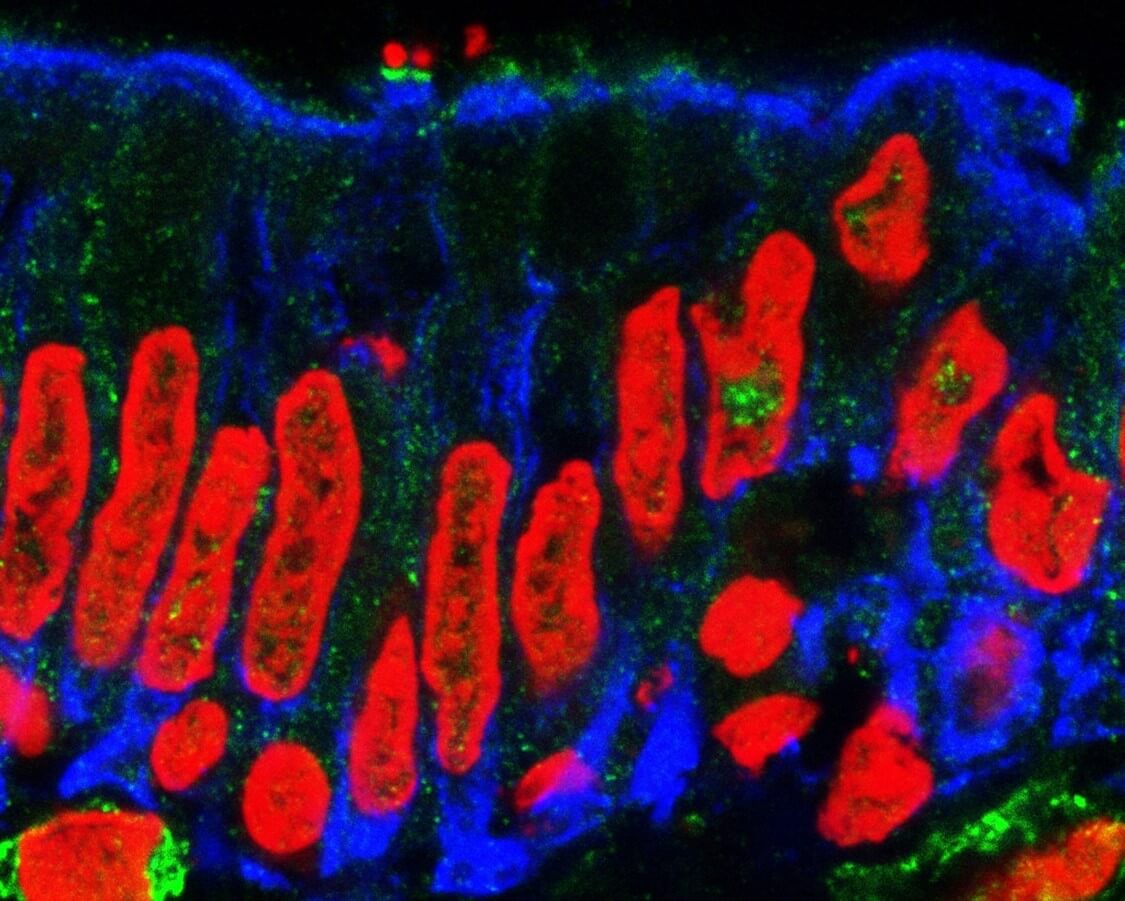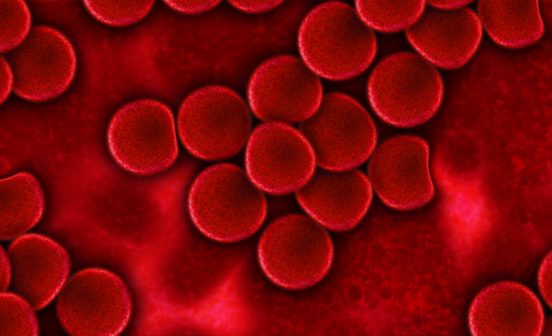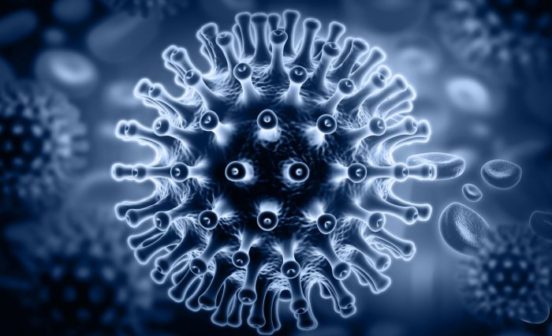Prevention Bacteria uses crossbow-like tactics for survival

Bacteria constantly compete with other bacteria for space and nutrients, often by killing others. Researchers from Imperial College, Kiel University and the Max-Planck-Institute for Evolutionary Biology analysed the DNA of Pseudomonas aeruginosa, an opportunistic pathogen responsible for 600,000 deaths annually
The study findings, published in Nature Communications, revealed significant variation in type VI secretion system (T6SS) effector genes, which enable nutrient uptake or bacterial combat. Little was known about the distribution of this molecular machine and its effectors across individual bacterial species.
The researchers applied molecular population genetics to a dataset of approximately 2000 phylogenetically diverse P. aeruginosa strains, focusing specifically on their T6SS-encoding genes. The publicly available genomes of the dataset are of high quality and represent the global P. aeruginosa population with strains from every continent, from humans through to animals and the environment, and exhibit remarkable phylogenetic diversity.
Dr Luke Allsopp, from Imperial’s National Heart and Lung Institute (NHLI), who is also an NIHR Imperial BRC-supported researcher, explains, “The T6SS acts like a crossbow, firing toxic protein ‘arrows’ to kill competitors or manipulate their environment.”
Effector genes for nutrient uptake were found in all p.aeruginosa strains, while those for bacterial competition varied due to horizontal gene transfer – a process allowing bacteria to exchange DNA – shedding light on how bacterial diversity emerges within a species. P. aeruginosa causes infections in the urinary tract, respiratory tract and open wounds, with rising antibiotic resistance making these infections increasingly difficult to treat.





